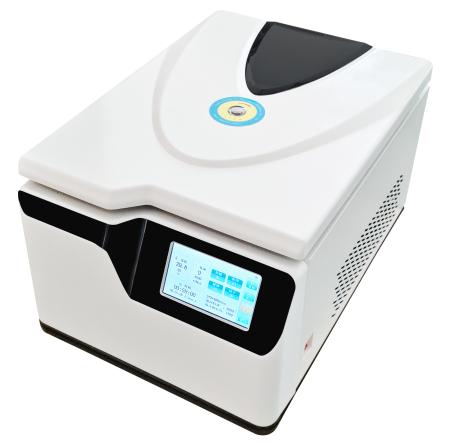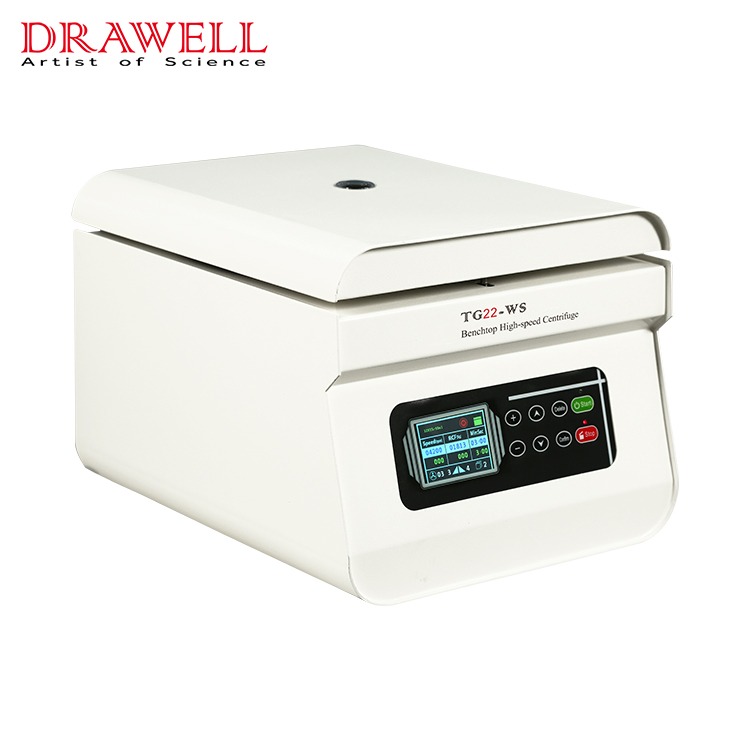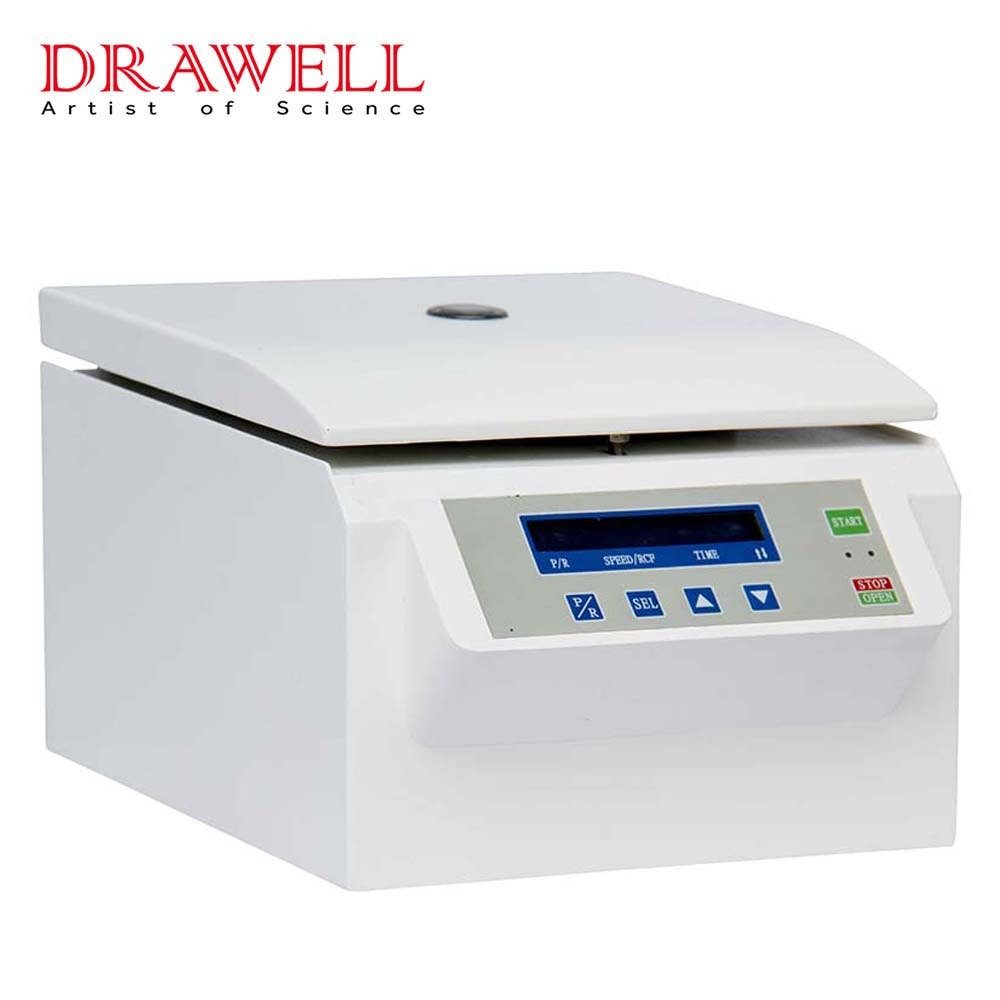The RPM, which shorts for revolutions per minute, of a centrifuge is an important parameter that defines its performance. In this article, we will look at the importance of high-speed centrifuge RPM, its applications, and the factors that influence its selection.
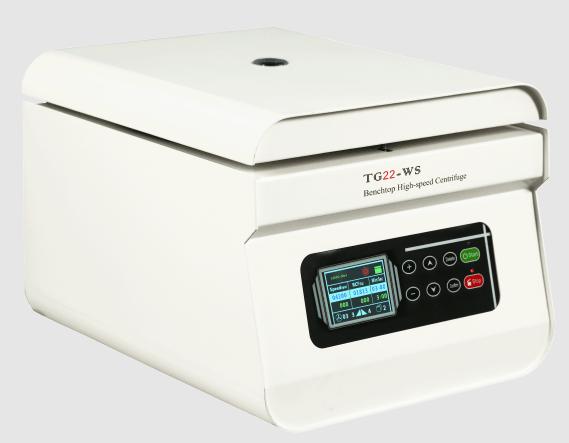
What is the High-speed Centrifuge RPM?
The RPM (Revolutions Per Minute) of a high-speed centrifuge can vary greatly based on the model and purpose of the centrifuges. High-speed centrifuges are designed to generate strong centrifugal forces for quick separation of particles or substances by operating at much higher RPMs than normal or low-speed centrifuges.
High-speed centrifuges typically have RPMs ranging from 10,000 to 30,000 RPM or greater. Some specialized high-speed centrifuges used in research and industry can reach speeds of 100,000 RPM or more.
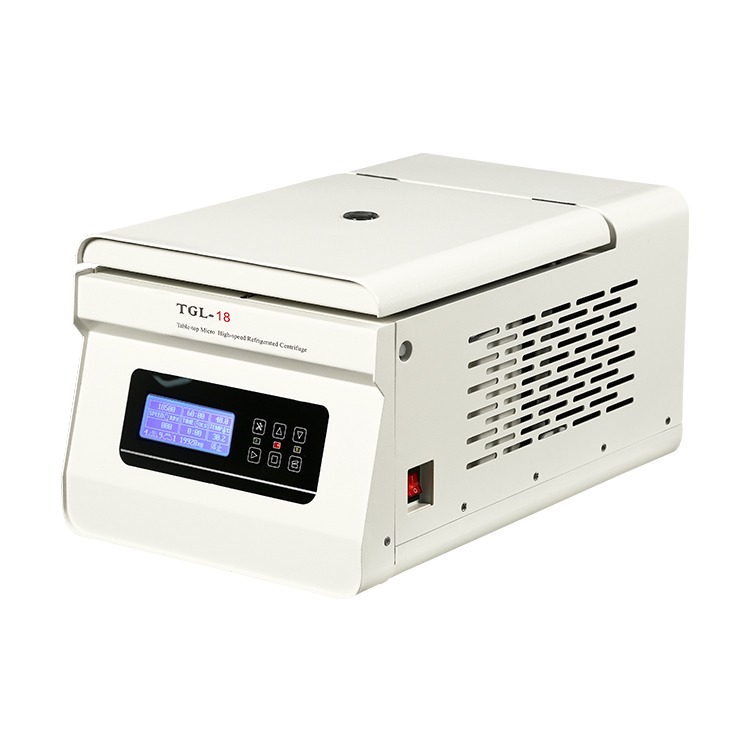
What is the Significance of High Speed Centrifuge RPM?
The RPM of a high-speed centrifuge is important in many scientific, medicinal, and industrial activities. It controls the gravitational force given to substances within the centrifuge, which influences material separation and processing.
- Enhanced Separation
High-speed centrifuges have far higher RPMs than conventional or low-speed centrifuges. This produces significant centrifugal forces, allowing for the quick and efficient separation of particles or substances based on density, size, and buoyancy. This is very useful in a variety of areas such as biology, chemistry, and materials science.
- Sample Isolation
High-speed centrifuges are used in biological and biochemical research to isolate specific components from complicated mixtures. They can, for example, separate cellular organelles, proteins, DNA, and RNA, allowing researchers to investigate and evaluate these components individually.
- Efficient Material Processing
High-speed centrifuges are used in industrial applications to process and separate commodities such as chemicals, medicines, and petroleum products. High RPMs allow for speedy and efficient separation, resulting in higher product quality and shorter manufacturing times.
- Density Gradient Separation
Density gradient centrifugation procedures require high-speed centrifuges. Within the centrifuge tubes or containers, various layers of differing densities can be produced by carefully adjusting the RPM. This approach is used to purify and separate biological molecules and subcellular structures.
- Quality Control
In quality control facilities, high-speed centrifuges are essential. They are used to assess the composition and properties of materials in order to ensure that they meet specific standards and specifications. This is critical in businesses such as food manufacturing, pharmaceuticals, and manufacturing.
- Medical Diagnostics
In clinical and medical laboratories, high-speed centrifuges are used to separate blood components, such as plasma, serum, and cellular elements. This enables medical professionals to diagnose and monitor various health conditions.
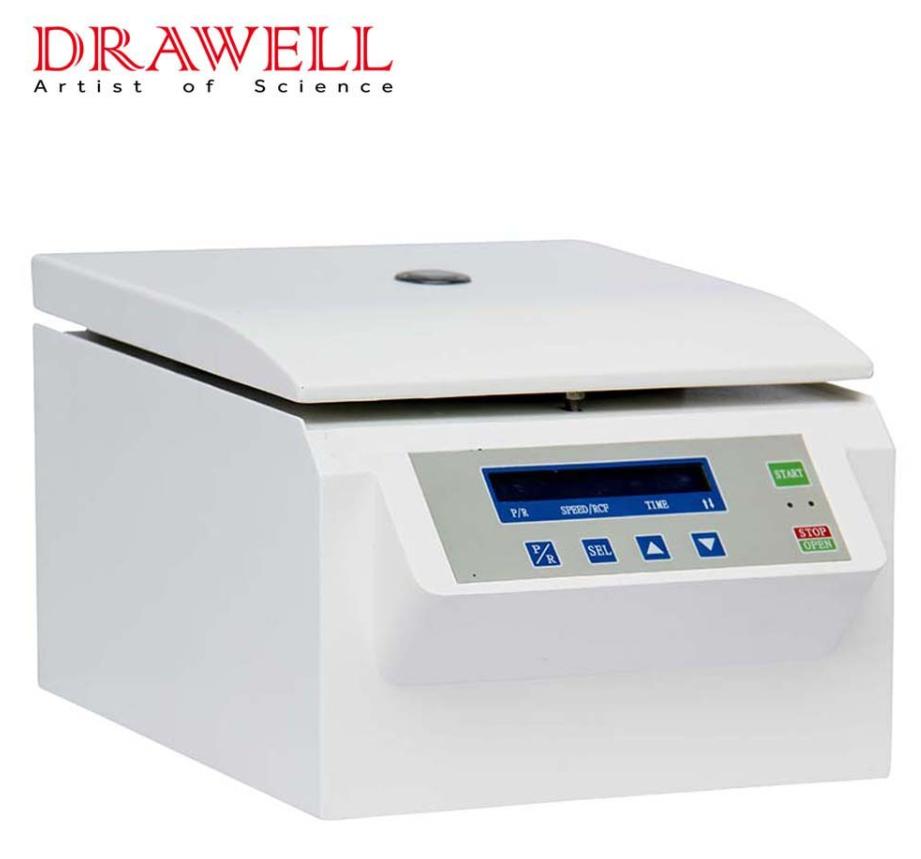
- Biotechnology Advancements
High-speed centrifuges are a cornerstone of biotechnological advancements. They enable researchers to purify and study biomolecules with precision, contributing to breakthroughs in fields like genomics, proteomics, and drug development.
- Safety and Efficiency
Centrifuges can produce quick separation by operating at high RPMs, minimizing the time necessary for tests and operations. This not only increases production but also reduces the possibility of sample degradation or injury.
- Specialized Applications
Some high-speed centrifuges are built for ultra-high-speed applications, with RPMs exceeding 100,000. These devices are employed in cutting-edge research and applications that call for exceptionally high forces.
- Research and Discovery
High-speed centrifuges are essential tools for scientific research, enabling scientists to explore and uncover new knowledge in fields ranging from microbiology and chemistry to physics and materials science.
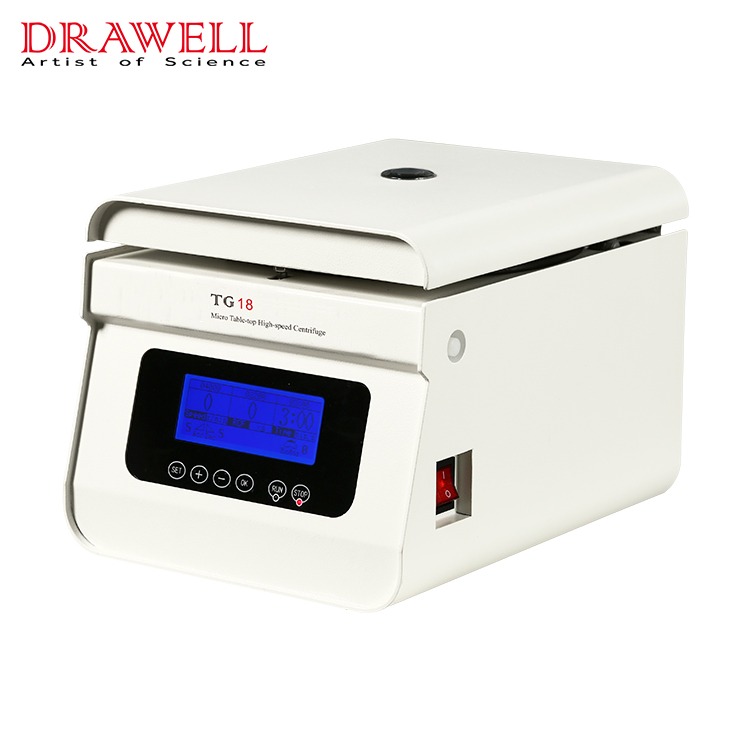
What are the Factors Influencing High-Speed Centrifuge RPM?
- Sample Type and Properties
The nature of the sample being processed is a fundamental consideration. Delicate biological samples, such as cells or biomolecules, may require lower RPMs to prevent damage, whereas denser materials or industrial samples may necessitate higher RPMs for efficient separation.
- Desired Separation
The level of separation required dictates the RPM setting. Higher RPMs generate greater centrifugal forces, leading to faster and more thorough separation. However, it’s essential to strike a balance between separation speed and sample integrity.
- Rotor Type
High-speed centrifuges come in a variety of rotor configurations, each tailored to a specific use. RPM ranges are best for swing-out rotors, fixed-angle rotors, and vertical rotors.
- Centrifuge Capacity
The RPM selection is influenced by the centrifuge’s capacity, which includes elements such as the number and size of sample tubes. Larger samples or a greater number of samples may necessitate a different RPM setting to guarantee equal separation.
- Sample Volume
The volume of the sample in each centrifuge tube can affect RPM selection. Overloading tubes can lead to uneven separation and potentially damage the centrifuge. Properly balancing the tubes is essential for achieving consistent results.
- Sample Containers and Tubes
The type of sample containers and tubes used in the centrifuge can influence RPM selection. Different tubes and containers have varying maximum RPM ratings, and exceeding these limits can pose safety risks.
- Sample Temperature
Some high-speed centrifuges come equipped with temperature control features. The RPM setting can generate heat, and temperature control can help maintain the sample’s integrity, especially when working with temperature-sensitive materials.
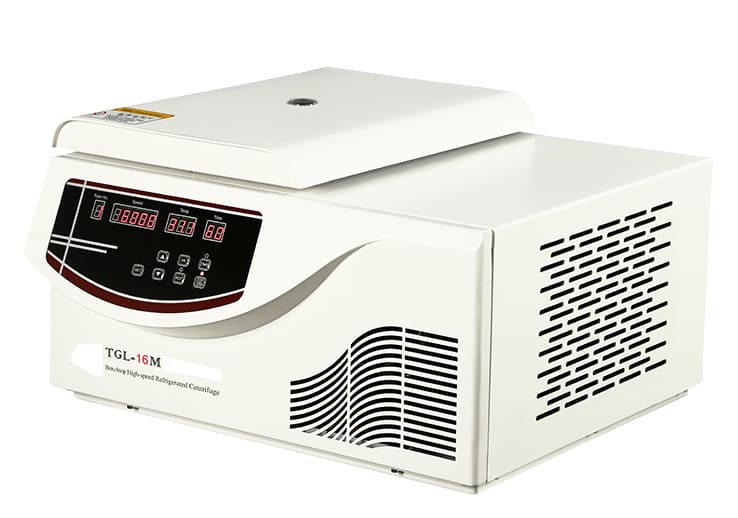
- Sample Homogeneity
A homogenous sample is required for consistent results. Depending on the properties of the sample, it may be essential to alter the RPM to guarantee optimal mixing or sedimentation.
- Sample Density and Viscosity
The needed RPM might be affected by the sample’s density and viscosity. High-density or viscous samples may require higher RPMs to achieve effective separation.
- Regulatory Compliance
RPM restrictions for specific applications, particularly in clinical or medical laboratories, may be dictated by regulatory and safety norms. When setting RPM, make sure to follow all applicable requirements.
- Experience and Expertise
The operator’s experience is critical in selecting the optimal RPM. Experienced users are better at choosing the best RPM based on their understanding of the sample and separation requirements.
Conclusion
High-speed centrifuge RPM is a critical parameter in centrifugation processes, impacting sample separation and processing efficiency and efficacy. When establishing the RPM setting for a high-speed centrifuge, it is critical to take into account the sample type, desired separation, rotor type, and safety measures. These adaptable tools continue to drive advances in scientific research and industrial applications, allowing for the separation and purification of valuable chemicals and materials.

